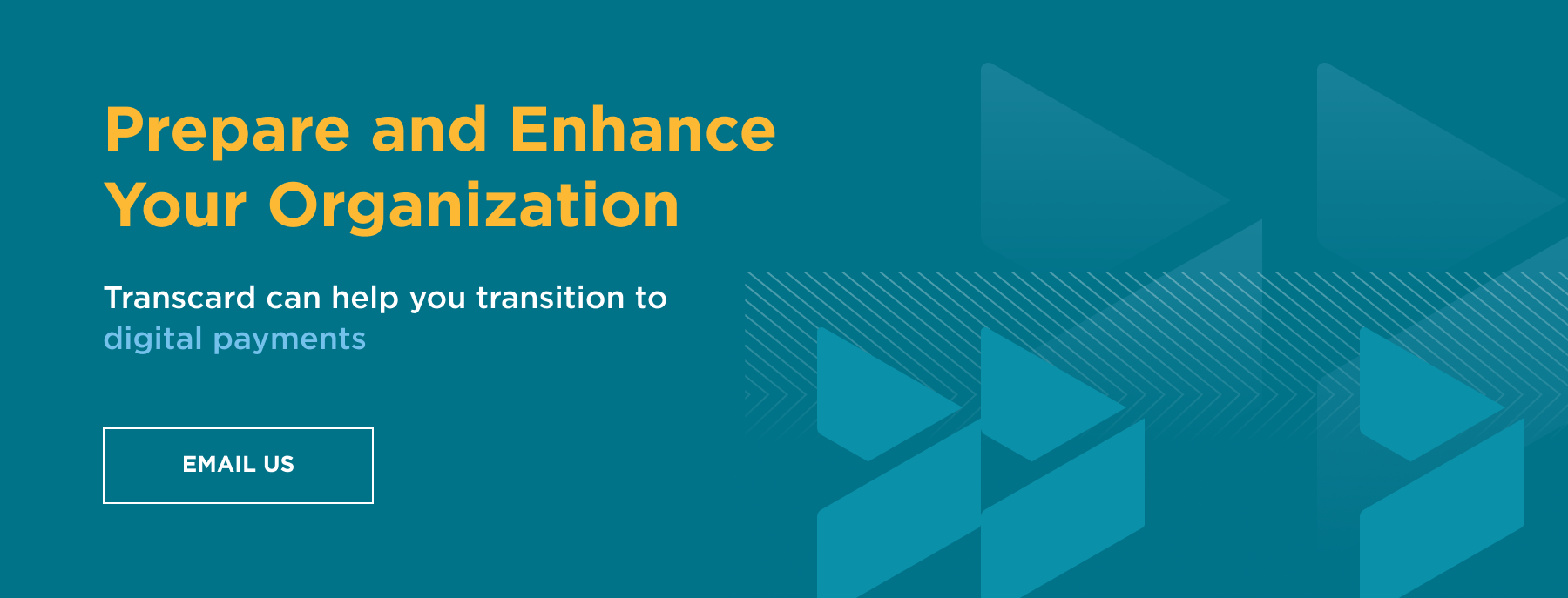Payments is a critical customer touchpoint for property and casualty insurers. The efficiency of an insurer’s disbursements process can have a big impact on its ability to attract and retain customers.
Yet most U.S. property and casualty insurers make payments to policyholders via check or empower local adjusters to cut checks and deliver them to policyholders. Check disbursements unnecessarily delay payouts that a customer may desperately need after an accident, home repair or hurricane.
In an environment where consumers – especially millennials – have been conditioned to expect fast and easy digital experiences, frustratingly slow and cumbersome check payouts are unacceptable.
Fifty-five percent of U.S. policyholders surveyed by Aite Group say that it is important to them to have a choice in the payment method that a business or government agency uses to pay them. But 57 percent of U.S. policyholders who received a property and casualty insurance disbursement in the last 12 months said the payer didn’t give them a choice in how they received the payment.
Property and casualty insurers cite several reasons for dragging their feet on electronic payouts:
- Lack of IT resources to support the deployment of an electronic payment platform
- Lack of departmental resources to support a migration from paper checks
- Fear that customers won’t accept electronic payments
- Uncertainty about technologies required to make electronic disbursements
- Concerns that their legacy systems won’t support electronic payments
But ever-increasing customer expectations and fierce competition from digital born insurance competition is forcing property and casualty insurance to rethink the way they pay customers.
And omni-channel payments platforms make it easier for insurers to migrate from paper checks.
3 Reasons Insurers Should Migrate to Electronic Disbursements
Insurers can achieve three important benefits by migrating to electronic disbursements:
 Higher Customer Satisfaction
Higher Customer Satisfaction
The competition for customers is fierce among insurers. Omni-channel payments platforms make it easy for property and casualty insurers to pay customers faster, and in their preferred method, whether it’s with a reloadable card, virtual card, non-reloadable card, direct deposit, ACH, instant payment or Zelle®. The real-time payments capabilities in some omni-channel platforms enable insurers to make payments in real-time.
Some providers of omni-channel payments platforms also have comprehensive industry expertise gleaned from years of delivering payment processing solutions. And the robust reporting in omni-channel payments platforms streamlines the administration of the entire payment lifecycle (through reconciliation) and ensures that call center representatives can respond quickly and accurately to customer inquiries about the status of disbursements.
 Improved Staff Productivity
Improved Staff Productivity
Paying customers with paper checks for insurance claims, refunds and overpayments can be a costly headache. Electronic payments are far more efficient. Omni-channel payments platforms eliminate the need to key payment data. Disbursements can be managed and maintained based on an insurer’s business rules. The platform flags any duplicate or irregular transactions for review. And payment files are automatically reconciled.
All this frees staff to focus on higher-value tasks such as data analysis.
What’s more, an omni-channel payments platform enables property and casualty insurers to manage all electronic payment methods from a single platform with little or no IT involvement. And the APIs in some omni-channel payments platforms facilitate seamless integration with legacy systems, eliminating redundant tasks such as re-keying data.
 Streamlined Security and Compliance
Streamlined Security and Compliance
An omni-channel payments platform mitigates fraud and compliance risks with built-in controls and tracking and advanced technologies for safeguarding sensitive data. Leading omni-channel payments platforms also comply with PCI, GLBA and NACHA standards and other regulatory guidelines. And the independent assessments some platform go through ensure that they stay one step ahead of the fraudsters
With an omni-channel payments platform, policyholders can receive payouts faster via a frictionless and convenient method, while insurers benefit from streamlined, highly controlled disbursements.
Key Considerations when Migrating to Electronic Disbursements
It is no wonder that launching new payment systems is a top priority for insurers.
If your company is one of the growing numbers of property and casualty insurers looking to ditch paper check disbursements, there are four things you should look for in a payment platform.
 Omni-channel
Omni-channel
Omni-channel payment platforms enable property and casualty insurers to make payouts using any electronic payment method. This provides a single efficient platform for all payouts and ensures that customers get paid via their preferred method.
 Built-in Workflows
Built-in Workflows
Paying out insurance claims can be complex. That’s why it’s critical that property and casualty insurers deploy a payments platform with built-in administrative workflows such as interactive messaging, attachments, digital signatures and dynamic ID verification that can be configured to any business need. Incorporating workflows into the disbursements stream eliminates processing friction and speeds customer payouts.
 Open APIs
Open APIs
An omni-channel payments platform with open APIs eliminates the need for onerous, costly or hard-to-maintain programming. By reducing the need for programming, property and casualty insurers can meet policyholder needs faster, while bringing innovative payments products and services to market more easily.
Insurers also can count on having the most advanced payments technology available because the fintechs that provide omni-channel payments platforms are laser-focused on automating disbursements. And omni-channel payments platforms were built to scale with the payout volumes of an insurer.
 Reporting
Reporting
Having critical information at the fingertips of decision-makers ensures that property and casualty insurers can respond quickly to customer inquiries and trends.
In today’s digital world, policyholders won’t tolerate slow and clunky payout processes. Property and casualty insurers can deliver a better experience for their policyholders, while streamlining operations and maintaining control, by migrating to an omni-channel electronic payments platform.
Is your company ready to enhance its payout process? If so, Transcard is ready when you are.




